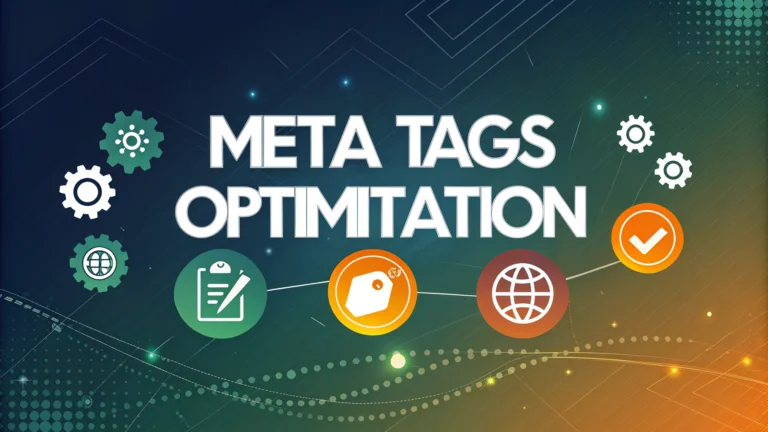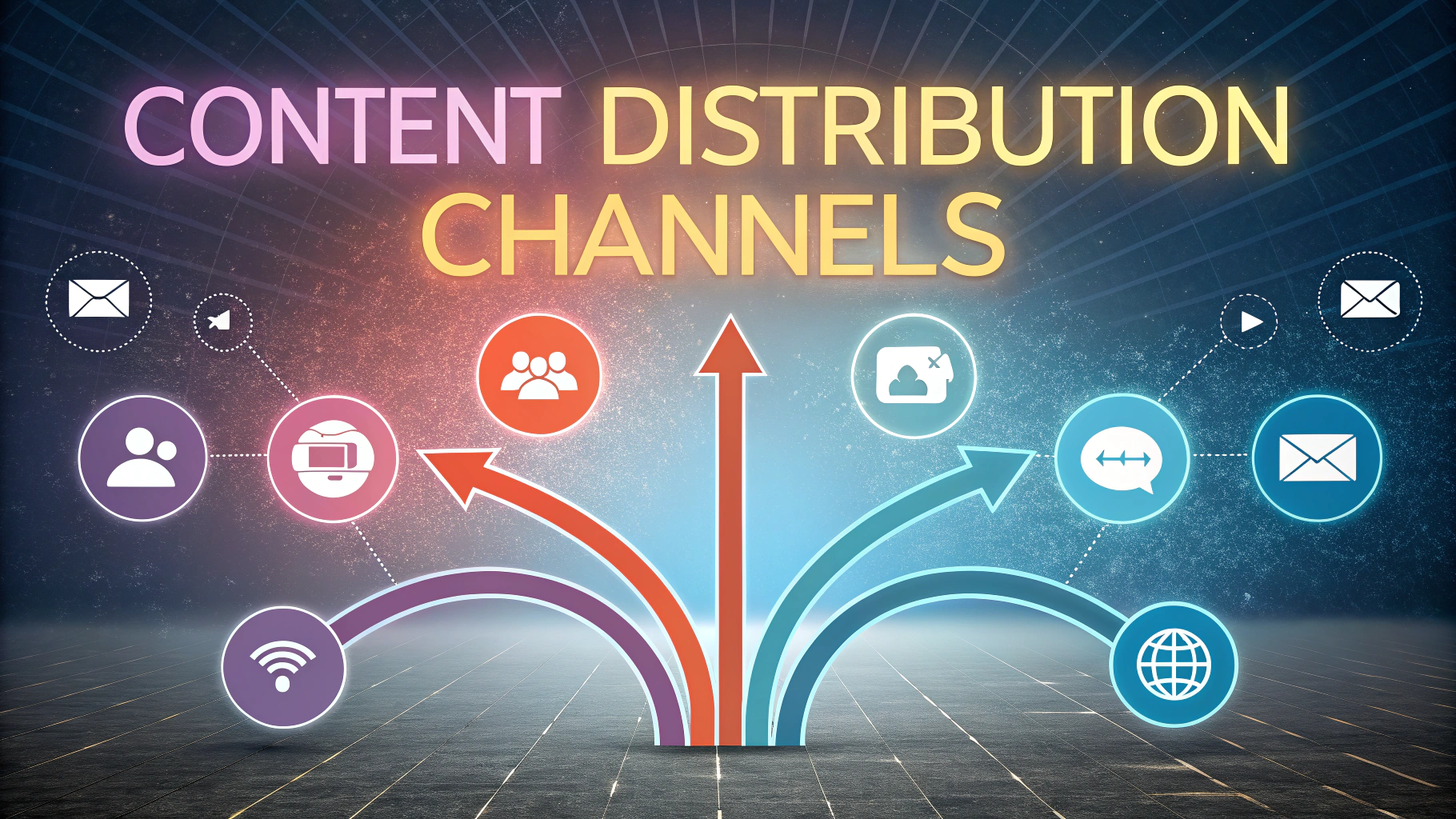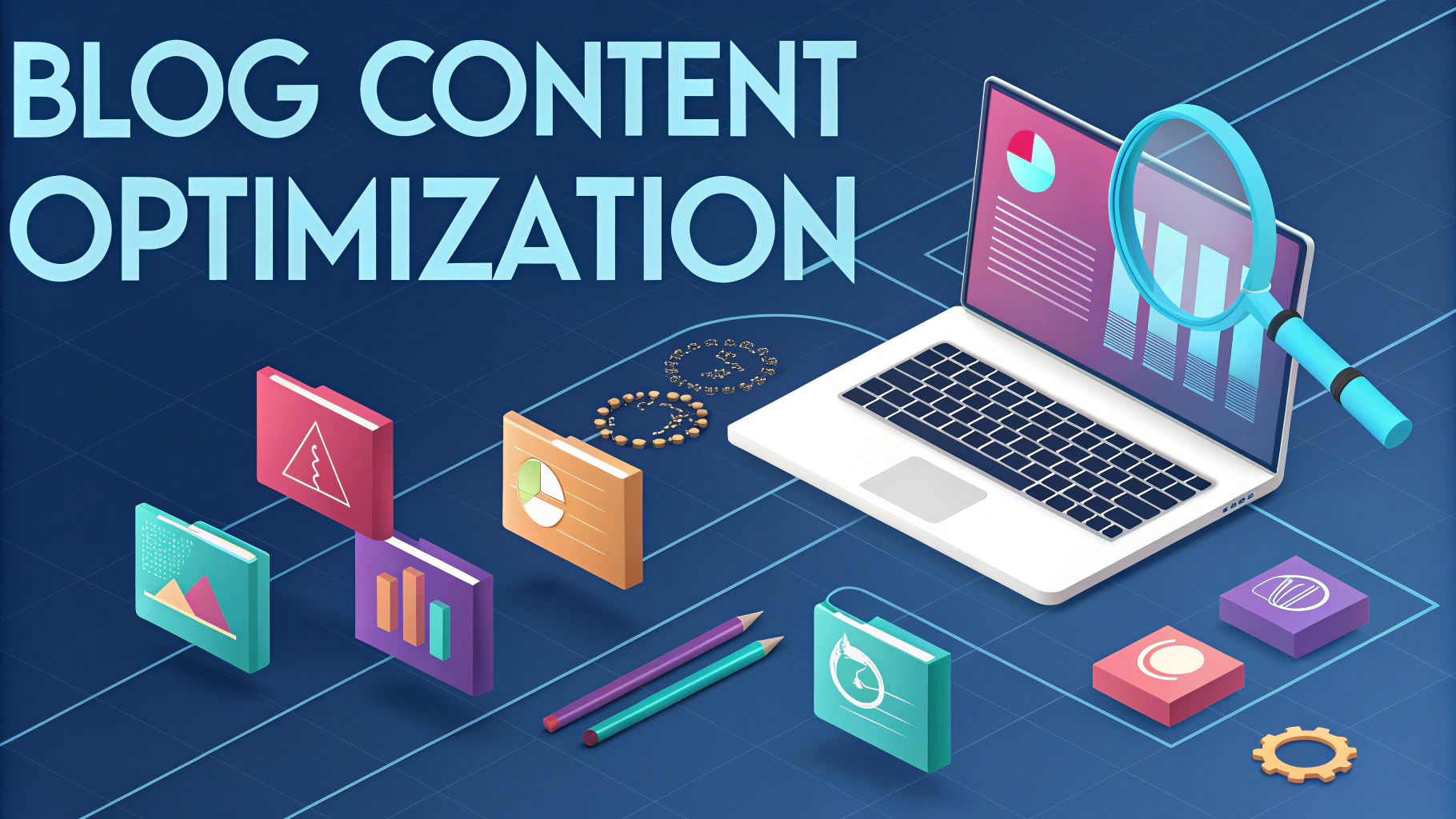Search engine rankings can rise or fall based on strategic meta tag implementation. Most website owners overlook these powerful HTML elements that serve as digital gatekeepers for search engine visibility and user engagement.
Understanding Meta Tags: The Foundation of SEO Communication
Meta tags represent critical HTML snippets hidden within a webpage’s source code that communicate essential information to search engines and potential visitors. These concise descriptors help search algorithms understand your content’s context, relevance, and purpose.
1. Crafting Compelling Title Tags
Title tags act as your webpage’s primary digital billboard, appearing in search results and browser tabs. They require precision, strategic keyword placement, and compelling copywriting to attract clicks and improve search rankings.
Key considerations for title tag optimization include:
- Limit title length to 50-60 characters
- Include primary target keyword near the beginning
- Create unique titles for each page
- Maintain natural, readable language
Effective title tags balance technical SEO requirements with human readability. They should feel natural while strategically incorporating relevant keywords that match user search intent.
Title Tag Best Practices
| Element | Recommendation |
|---|---|
| Length | 50-60 characters |
| Keyword Placement | First 3-5 words |
| Branding | Include company name |
2. Meta Description Mastery
Meta descriptions serve as your content’s elevator pitch in search results, providing a concise summary that entices users to click through to your webpage.
A well-crafted meta description can significantly improve click-through rates by offering clear value propositions and addressing user search queries directly.
Optimization strategies include:
- Write descriptions between 150-160 characters
- Include primary and secondary keywords naturally
- Articulate clear value or solution
- Use active, compelling language
3. Header Tags and Semantic Structure
Header tags (H1-H6) provide critical structural hierarchy for both users and search engines. They help organize content and signal topical relationships within your webpage.
Proper header tag implementation improves readability and SEO performance by creating clear content sections and helping search algorithms understand page structure.
4. Canonical Tags: Preventing Duplicate Content Issues
Canonical tags help search engines understand which version of a page should be considered the “master” copy, preventing potential duplicate content penalties.
By specifying a preferred URL, you consolidate ranking signals and ensure search engines index your most important page variant.
5. Open Graph and Social Media Meta Tags
Open Graph meta tags play a crucial role in controlling how content appears when shared across social media platforms. These specialized HTML tags enable precise customization of how links display on networks like Facebook, LinkedIn, and Twitter.
By implementing comprehensive Open Graph tags, websites can significantly enhance their social media visibility and engagement potential. These tags allow marketers to specify exact images, titles, and descriptions that will appear when content is shared, rather than leaving it to chance.
Key Open Graph meta tag elements include:
- og:title – Defines the content’s title
- og:type – Specifies content type (article, website, video)
- og:image – Selects featured image for social sharing
- og:url – Indicates the canonical web address
Strategic implementation of these tags can dramatically improve social media click-through rates and provide a more professional, controlled sharing experience for your content.
6. Schema Markup and Structured Data
Schema markup represents a sophisticated semantic vocabulary of microdata that helps search engines understand webpage content with unprecedented precision. By integrating these structured data elements, websites can enhance their search result appearances with rich snippets, knowledge panels, and enhanced display features.
Different schema types exist for various content categories, including:
- Articles
- Products
- Events
- Organizations
- Local businesses
Implementing schema markup can lead to improved visibility, higher click-through rates, and more informative search result presentations that stand out from standard listings.
7. Mobile Meta Tags and Responsive Design
Mobile-specific meta tags are critical for ensuring optimal display and performance across different device types. The viewport meta tag, in particular, provides essential instructions to browsers about how to control page scaling and rendering on mobile devices.
Key mobile meta tag considerations include:
- Defining initial scale
- Controlling user zooming capabilities
- Ensuring responsive design compatibility
- Optimizing for different screen sizes
8. Advanced Technical Meta Tag Configurations
Advanced meta tag configurations extend beyond basic SEO and include specialized directives for search engine crawlers, indexing preferences, and content management. These technical implementations provide granular control over how search engines interact with and interpret webpage content.
Notable advanced meta tag techniques include:
- Robot meta tags controlling indexing
- Content-type declarations
- Charset specifications
- Referrer policy configurations
Conclusion: The Holistic Approach to Meta Tag Optimization
Successful meta tag optimization requires a comprehensive, strategic approach that balances technical precision with user-focused content. By understanding and implementing these diverse meta tag strategies, websites can significantly enhance their search visibility, user engagement, and overall digital performance.
Continuous learning, testing, and adaptation remain key to maintaining effective meta tag configurations in an ever-evolving digital landscape.











